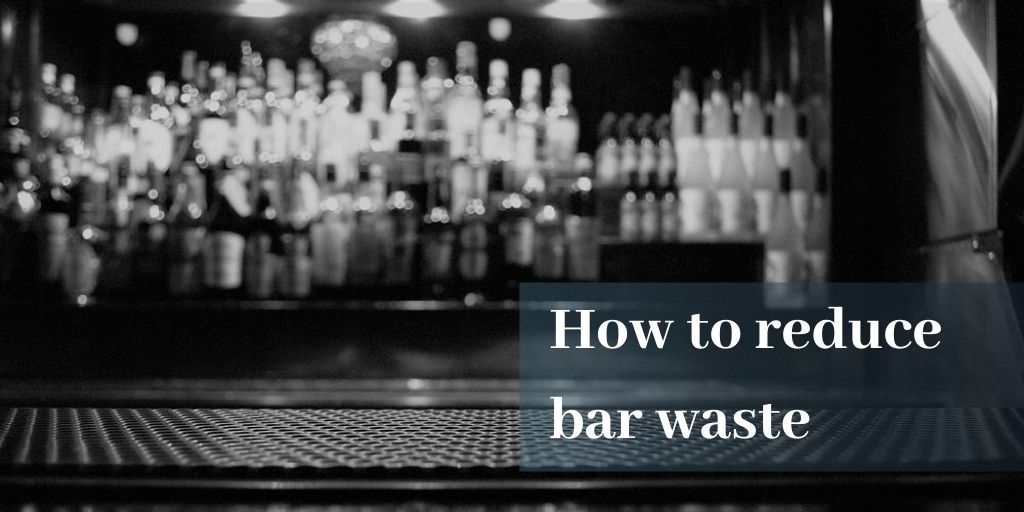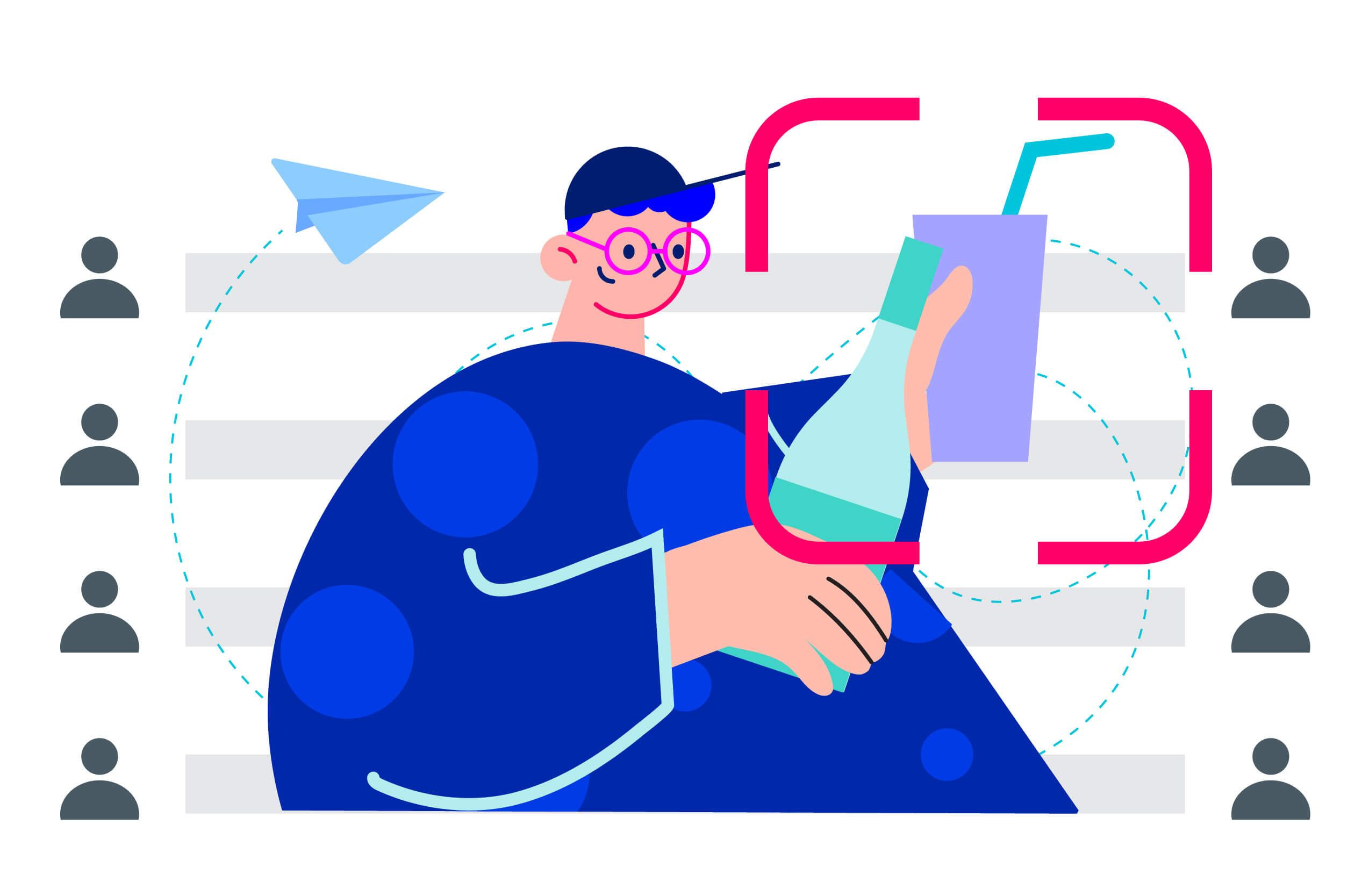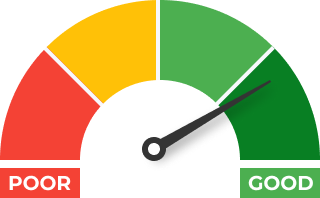The bar and restaurant industry is incredibly competitive and feels even more like a survival of the fittest following the recent COVID-19 related closures. The key to remaining successful and profitable is to closely manage your costs and increase your revenue. In a world in which many things are out of your control, strictly monitoring bar waste will make a huge difference to your bottom line.
What do we mean by waste?
Bar waste is a broad term that includes different areas of your operations. Physical waste such as spillages and food overproduction may be first to spring to mind, along with wrongly poured drinks due to miscommunication.
You should also consider that time is equally as important. Your bartenders and wait staff are often rushed off their feet throughout their shifts. Anything that takes their energy away from your customers for a prolonged stretch should be deemed time wasted.
As such, the common thread when we talk about bar waste is operational inefficiency – from physical waste that impacts your margins to non-tangible waste such as time and effort.
Why should you get waste management under control?
The average loss from spillages and over-pouring is approximately 6 ounces per liter. This means you’re likely losing about 18% of potential revenue just from spillage.
And how much is that 18% in extra profits after you have covered your fixed costs? Once you start to actively minimize waste in your establishment, you will see a clear uplift in your margins.
In addition, bar waste may have a negative impact on your reputation. Perhaps you have a couple of employees that spill liquor every time they pour a cocktail. Not only does this lead to a monetary loss but also gives a perception that your staff are poorly skilled. Nowadays, online reviews can make or break a business so it is critical to keep customer perception positive and top of mind for your team.
8 tips to minimize bar waste
Now that we’ve had a look at bar waste and why you need to control it, let’s examine our top tips to reduce waste in your establishment.
1. Preparation is the key to success
Make sure that your bar staff are working efficiently and using their time wisely. During pre-shift, they should ensure that everything they need is already assembled. Is there enough ice? Are all labels facing outwards towards the customer? Are all mixers stocked in the fridge? Are garnishes pre-prepared?
I would recommend working with your employees to create a pre-shift checklist to make sure time is not wasted during peak hours doing tasks that should have been completed earlier.
2. Educate your team
Take the time to train your staff. They need to memorize each drink on the menu and know how to make them correctly. This will minimize the amount of money lost on spillages, save time spent per serve, and leaves the customer with a positive, professional impression. This should also lead to higher tips for your bartenders.
But what does “education” mean in practice?
First, analyze and discuss the best techniques for pouring. Some might think they are saving time by pouring two beers at once, turning on the tap before the glass is underneath and removing the glass before the tap is off. This may be considered a small waste of beer but added up on a nightly, weekly and monthly basis, you may see a significant loss of product.
In addition, share the pour costs of each drink with your team and make them aware of how waste impacts the bottom line. Once they have a basic understanding of this, they will feel a stronger level of ownership of their role in making your bar or restaurant a success.
3. Communicate efficiently and effectively
Mistakes and wrong orders often result in bar waste. It may sound simple but if you see that this is a big problem in your establishment, then apply a policy of repeating the order back to the customer. Yes, this will add an extra minute to the serve time. However, both money and time will ultimately be saved as the percentage of correctly delivered orders will drastically increase and the amount of wrongly poured drinks will decrease.
4. Promote up-selling
After improving communication, there should be a reduction in product loss from misunderstandings. But let’s be honest, mistakes can still happen, everybody’s human. In these instances, encourage your team to up-sell.
Someone asked for a Tito’s and your bartender started pouring Grey Goose before realizing their mistake? No stress! Put it to one side and up-sell the miss-poured drink to the next customer requesting vodka and soda. This will increase your revenue and also decrease precious dollars spent on wastage.
5. Implement and monitor free drinks policies
The bane of every bar manager’s existence! Unless you have a clear policy in place, your employees might not consider giving a couple of free drinks to their friends or family to be theft. They are most likely unaware of the impact that their actions have on your P&L.
I would recommend implementing a very clear and concise free drinks policy. For example, this could be 2 free drinks per night per employee with spirits forbidden. A strict policy will limit the risk of over pouring on a free drink, avoiding further losses to your bottom line.
Once you have your free drinks policy in place, you need to monitor it. Otherwise, it means nothing.
With Glimpse, you can investigate discrepancies in sales on a nightly basis. This will enable you to deal with issues such as workplace theft and spillage before they become a larger problem.
6. Share the responsibility
You can’t be everywhere at once. Even if you educate your team on the financial impact of bar waste, you need to regularly remind them to keep it top of mind. Make sure that your Bar Manager or Shift Lead has a deeper understanding of the financials so that they can call your team out if they notice any time and/or product loss. Having someone on-site checking that your new policies are in place will certainly help and take the pressure off.
7. Invest in the right equipment
Are you expecting your team to eye-ball the amounts of liquor and wine that they should pour? If so, this means that each time a customer orders a cocktail, it won’t taste the same. Each time a customer orders a wine, the amount in the glass will vary. This will lead to a decrease in customer satisfaction and eventually lower revenue through losing repeat business.
The solution? Invest in pourers and jiggers to guarantee that your bartenders are measuring correctly and consistently. This will increase customer satisfaction and decrease the risks of over pouring. Worried about the time this will take? You can also use speed pourers which guarantee a fast and steady pour.
8. Improve inventory management
This is a huge subject that could have its own blog post. However, it must be considered when discussing bar waste. Poor inventory management can lead to both wasted product and wasted dollars, severely hitting any profit that you are earning.
For example, let’s discuss your beer selection. Each product has a set period of time that it keeps its carbonation and flavor. If you overstock certain products, it could be bad even before you get the chance to sell it. Make sure that you analyze your Point of Sale data to confirm that you are not overordering on products with a short shelf life.
In addition, you can analyze how often you order stock and metrics such as your inventory turnaround ratio. This will help you calculate the required stock each week and reduce unnecessary delivery and minimum order fees.
This will also ensure that these items are at their best when being served. An added bonus? Ordering stock on a more frequent basis will enable you to make rapid changes to your menu and adapt quickly to the ever-changing beverage landscape.
Conclusion
These are indeed difficult times for bar and restaurant owners. Decisions made now will determine the future of many establishments. This is why it is crucial to work on minimizing your bar waste.
By putting a strong focus on this topic, you will improve both profitability and customer satisfaction through efficient and skilled service. What more could you ask for?
Using all of the tools that you have at your disposal, such as inventory, POS data, and Glimpse analytics, you are sure to succeed!
You might also like:









 +1 (786) 292-2373
+1 (786) 292-2373 insights@glimpsecorp.com
insights@glimpsecorp.com





